Archives
- 2018-07
- 2018-10
- 2018-11
- 2019-04
- 2019-05
- 2019-06
- 2019-07
- 2019-08
- 2019-09
- 2019-10
- 2019-11
- 2019-12
- 2020-01
- 2020-02
- 2020-03
- 2020-04
- 2020-05
- 2020-06
- 2020-07
- 2020-08
- 2020-09
- 2020-10
- 2020-11
- 2020-12
- 2021-01
- 2021-02
- 2021-03
- 2021-04
- 2021-05
- 2021-06
- 2021-07
- 2021-08
- 2021-09
- 2021-10
- 2021-11
- 2021-12
- 2022-01
- 2022-02
- 2022-03
- 2022-04
- 2022-05
- 2022-06
- 2022-07
- 2022-08
- 2022-09
- 2022-10
- 2022-11
- 2022-12
- 2023-01
- 2023-02
- 2023-03
- 2023-04
- 2023-05
- 2023-06
- 2023-07
- 2023-08
- 2023-09
- 2023-10
- 2023-11
- 2023-12
- 2024-01
- 2024-02
- 2024-03
- 2024-04
- 2024-05
- 2024-06
- 2024-07
- 2024-08
- 2024-09
- 2024-10
- 2024-11
- 2024-12
- 2025-01
- 2025-02
- 2025-03
-
br Chain specific ubiquitin probes The conventional
2019-07-09
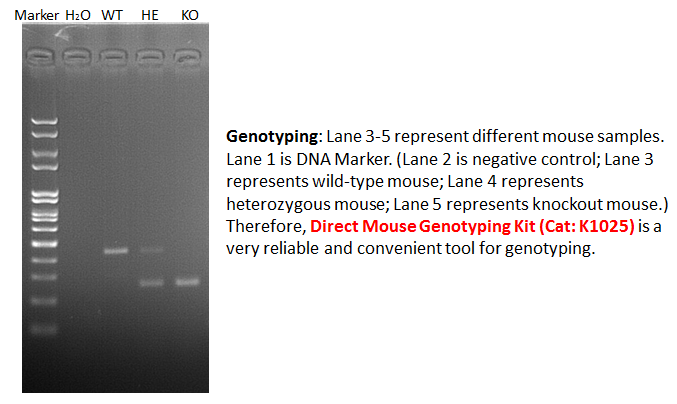
Chain specific ubiquitin probes The conventional way of assessing linkage specificity is by measuring turnover rates of different diubiquitin molecules as substrates. Although this method has been applied successfully in several studies [7••, 8] it is limited to isolated DUBs, whereas linkage spe
-
Our data supports the conclusion that the exonuclease activi
2019-07-09
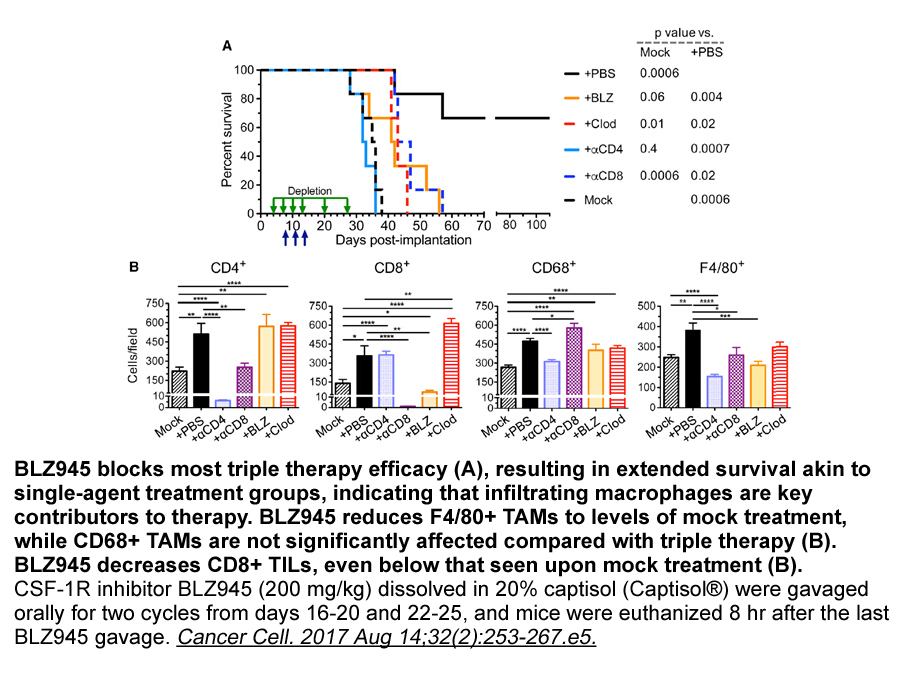
Our data supports the conclusion that the exonuclease activity thought to be intrinsic to Artemis is not a component of the Artemis polypeptide. Many possibilities exist to explain the presence of the exonuclease activity in less-pure fractions of Artemis. It is possible that the exonuclease is simp
-
In contrast to SQLE HMGCR could
2019-07-08
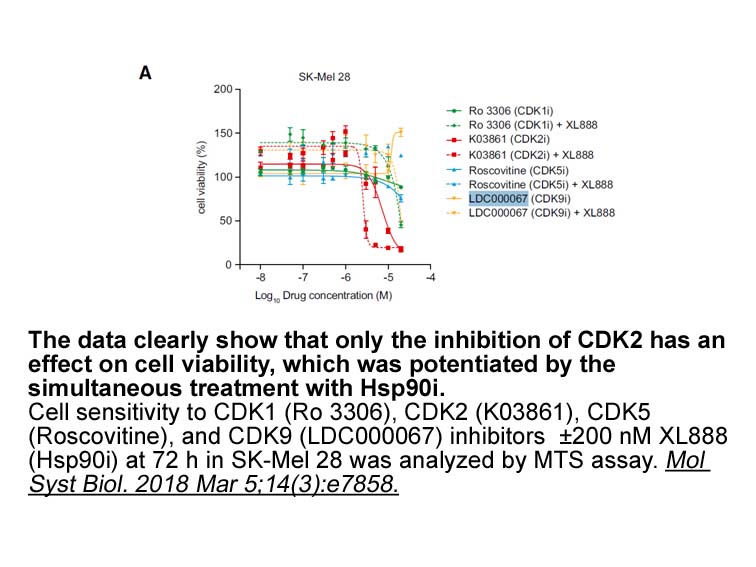
In contrast to SQLE, HMGCR could be efficiently degraded in Sulfamethazine lacking UBE2J2. However, this was not the case in cells devoid of UBE2G2, as these cells were unable to support 25-hydroxycholesterol (25-HC)-stimulated degradation of HMGCR (Fig. 1C). This finding is consistent with our rec
-
G DH has gained interest because of its broad substrate
2019-07-08

G3DH has gained interest because of its broad substrate specificity and site-selective oxidation properties [9,10]. The conversion product, 3-ketoglycoside, possesses potential as a starting material for the chemical industry such as in polymer and surfactants because the keto group becomes a specif
-
One possible explanation for differences in the
2019-07-08
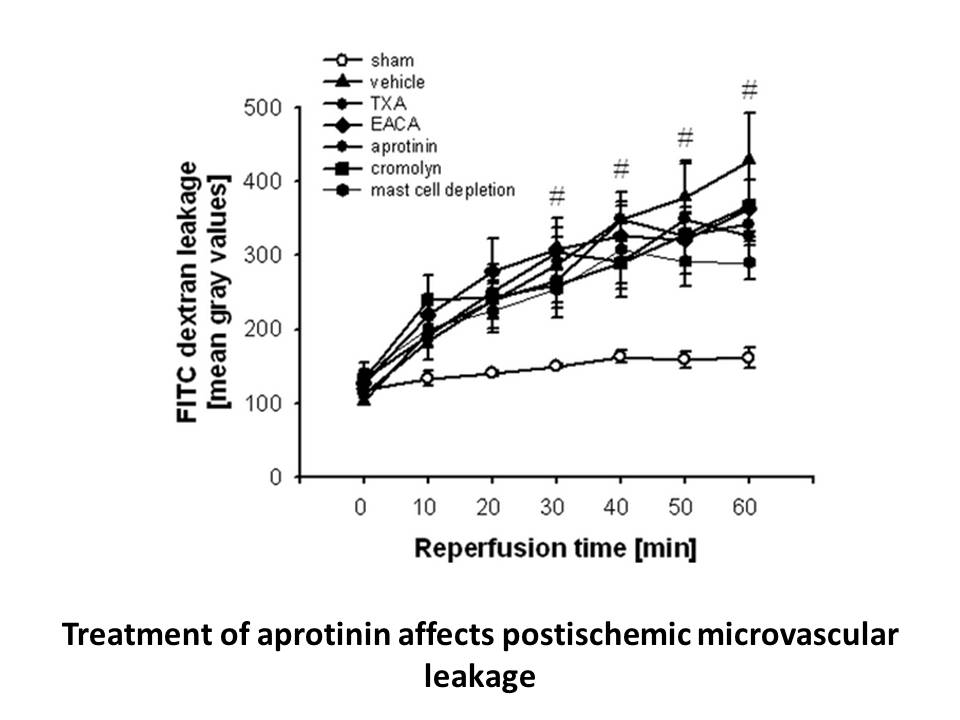
One possible explanation for differences in the binding ability of monomeric versus dimeric forms of DDR2 ECD to collagen could be that the monomeric form only binds to the primary GVMGFO site, whereas dimeric (and oligomeric) DDR2 ECD binds to additional sites on the collagen triple-helical molecul
-
The present review also summarizes the efforts
2019-07-08
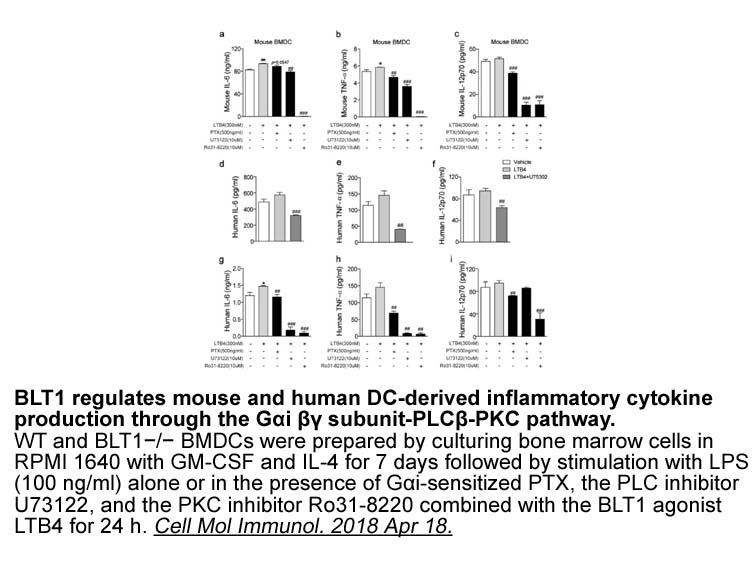
The present review also summarizes the efforts that have been made to find new c-FMS inhibitors under clinical trial as given in the Table 1. These inhibitors may reduce the burdens of potency and side effects that have faced the scientists globally. ABT-869 41 was manufactured in Abbott laboratorie
-
Phylogenetically three related CXC chemokines
2019-07-08
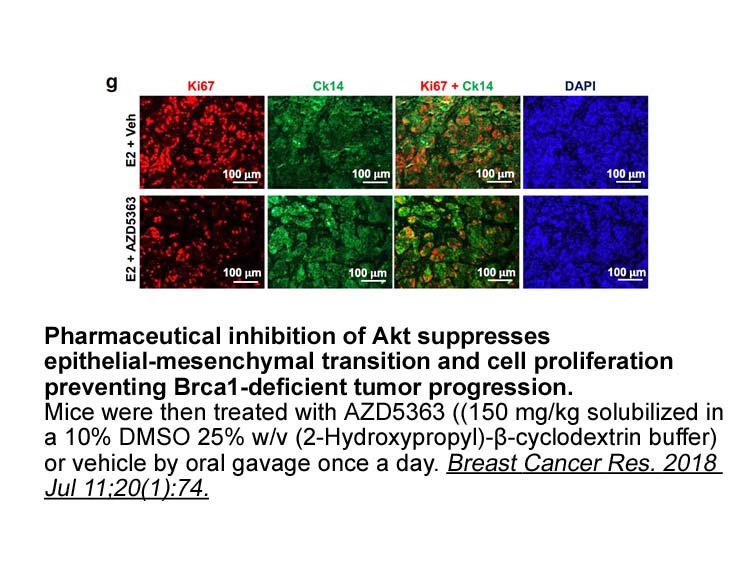
Phylogenetically three related CXC chemokines are classified as the possible ligands for the teleost CXCR1 and CXCR2. They are referred to as CXCL8_L1 (CXCL8/IL-8/CXCa), CXCL8_L2 (CXCc) and CXCL8_L3 (Alejo and Tafalla, 2011, Chen et al., 2013, Laing et al., 2002, Laing and Secombes, 2004, Nomiyama e
-
Unlike CRM exportins Cse and Xpot lack a C
2019-07-08
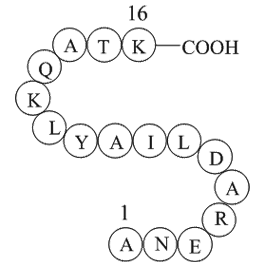
Unlike CRM1, exportins Cse1 and Xpot lack a C-extension and instead rely primarily on changes in HEAT-repeat conformation and direct Ran-cargo contacts to ensure low cargo-binding affinity in the cytosol and cooperative assembly of the exportin/Ran/cargo complex in the nucleus (Cook et al., 2005, Co
-
Three dimensional conformational changes in the cargo
2019-07-08
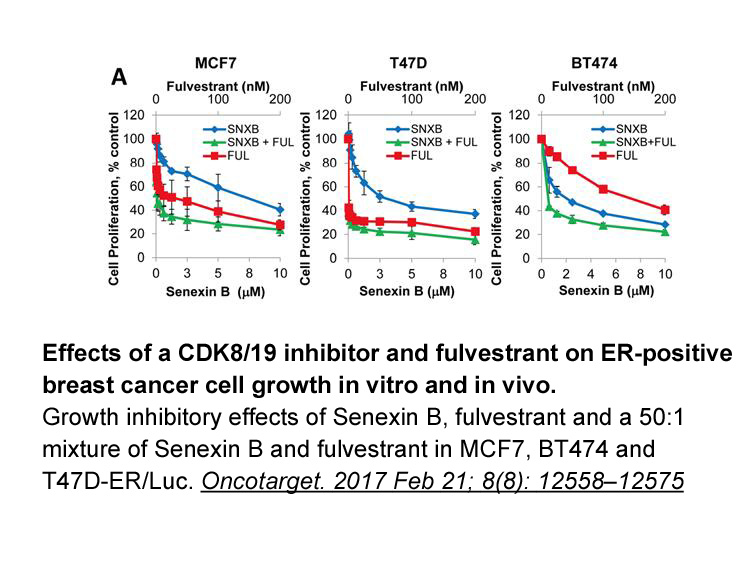
Three-dimensional conformational changes in the cargo protein’s NES, caused by protein phosphorylation, dephosphorylation, or mutation, can regulate CRM1 binding (Craig et al., 2002, Vogt et al., 2005). Additional protein modifications such as sumoylation, ubiquitination, acetylation, and/or the bin
-
On the one hand levels of
2019-07-08
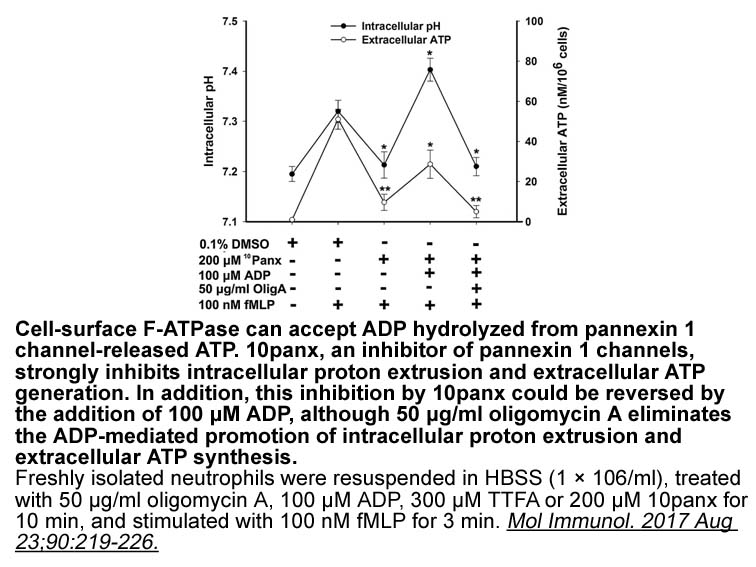
On the one hand, levels of up to 20 nM P4 have been reported for a cyprinid species, Labeo rohita, in summer (Suresh et al., 2008). Similarly, P4 concentrations in tilapia, Oreochromis mossambicus, were found to range up to 27 nM (Cornish, 1998). Nevertheless in sturgeon P4 levels of approximately 3
-
br Acknowledgements The present study was
2019-07-08
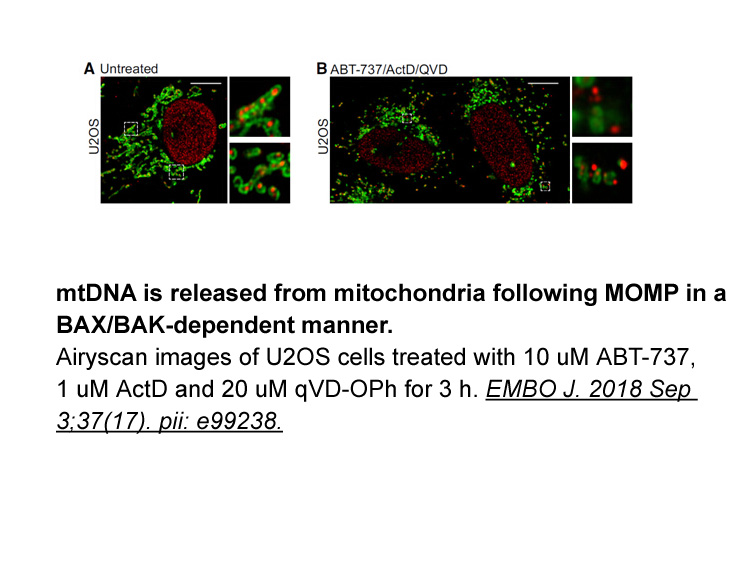
Acknowledgements The present study was supported by the Medical Science and Technology Program of Zhejiang Province2014KYA228 (Zhijun Zhou), 2016KYA195 (Jie Li) and 2017KY714 (Qingqing Xia); Zhejiang Provincial Natural Science Foundation of ChinaQ17H120001 (Jie Li); and Scientific Research Projec
-
Recent studies have also uncovered
2019-07-08
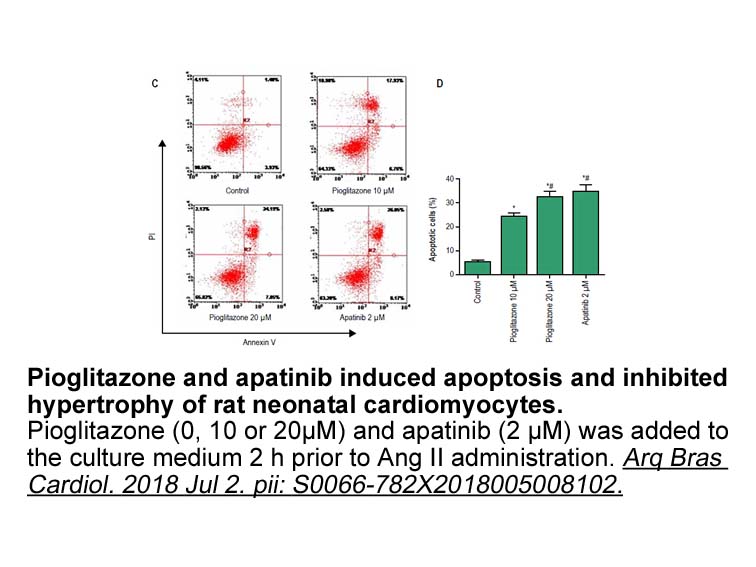
Recent studies have also uncovered additional roles for E2 enzymes and E2~Ub conjugates in modulating the activity of deubiquitinating enzymes (DUBs), such as OTUB1 (Juang et al., 2012, Wiener et al., 2013, Wiener et al., 2012). Interestingly, OTUB1 has also been shown to associate and modulate the
-
br Conclusion In the last year significant advances in
2019-07-08
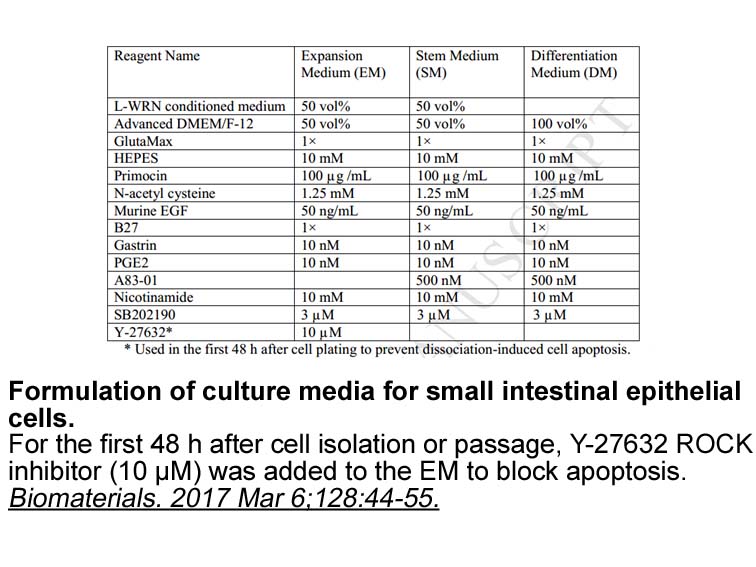
Conclusion In the last year, significant advances in our understanding of ubiquitin transfer by IAPs and related E3 ligases have been made. The three crystal structures of the RING-bound E2~Ub show that the conjugate is bound by the RING domain in the closed conformation, where the I44-centered f
-
Support for Cloninger s personality theory comes also
2019-07-08
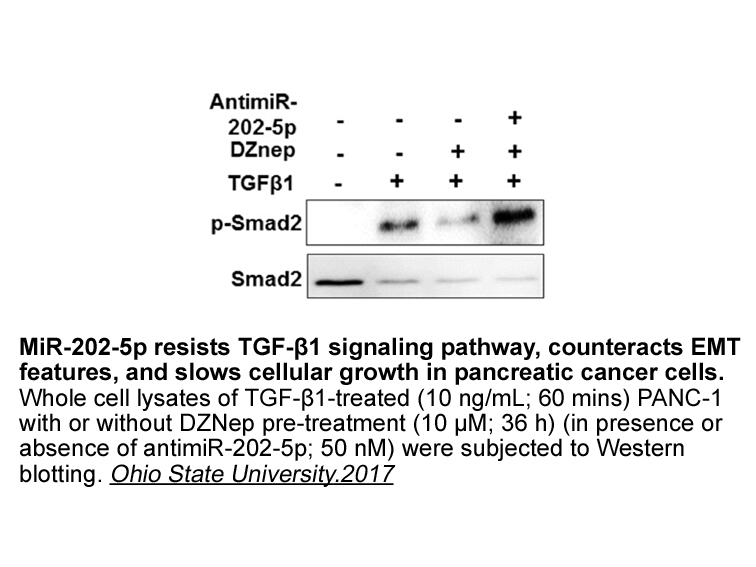
Support for Cloninger\'s personality theory comes also from molecular genetic studies. Given the high heritability of personality it is plausible that gene variants explain variance in RD. In α-Bungarotoxin to endocrine studies, which relate hormone levels mostly in the periphery (blood, saliva, uri
-
As a functional ETC is required for DHODH catalysis Loffler
2019-07-08
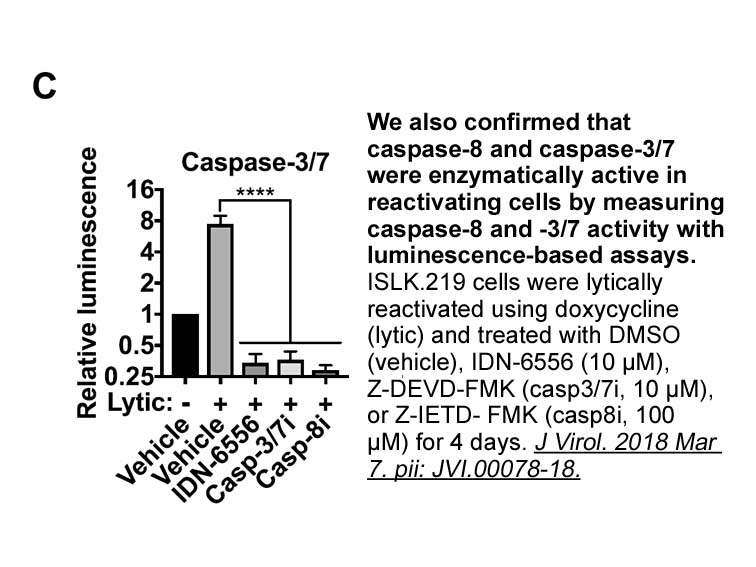
As a functional ETC is required for DHODH catalysis (Loffler, Jockel, Schuster, & Becker, 1997; Rawls, Knecht, Diekert, Lill, & Loffler, 2000; Zameitat, Freymark, Dietz, Loffler, & Bolker, 2007), DHODH depends on the mitochondrial ETC to generate adequate concentrations of ubiquinone (Fig. 2). Cells
15808 records 990/1054 page Previous Next First page 上5页 986987988989990 下5页 Last page